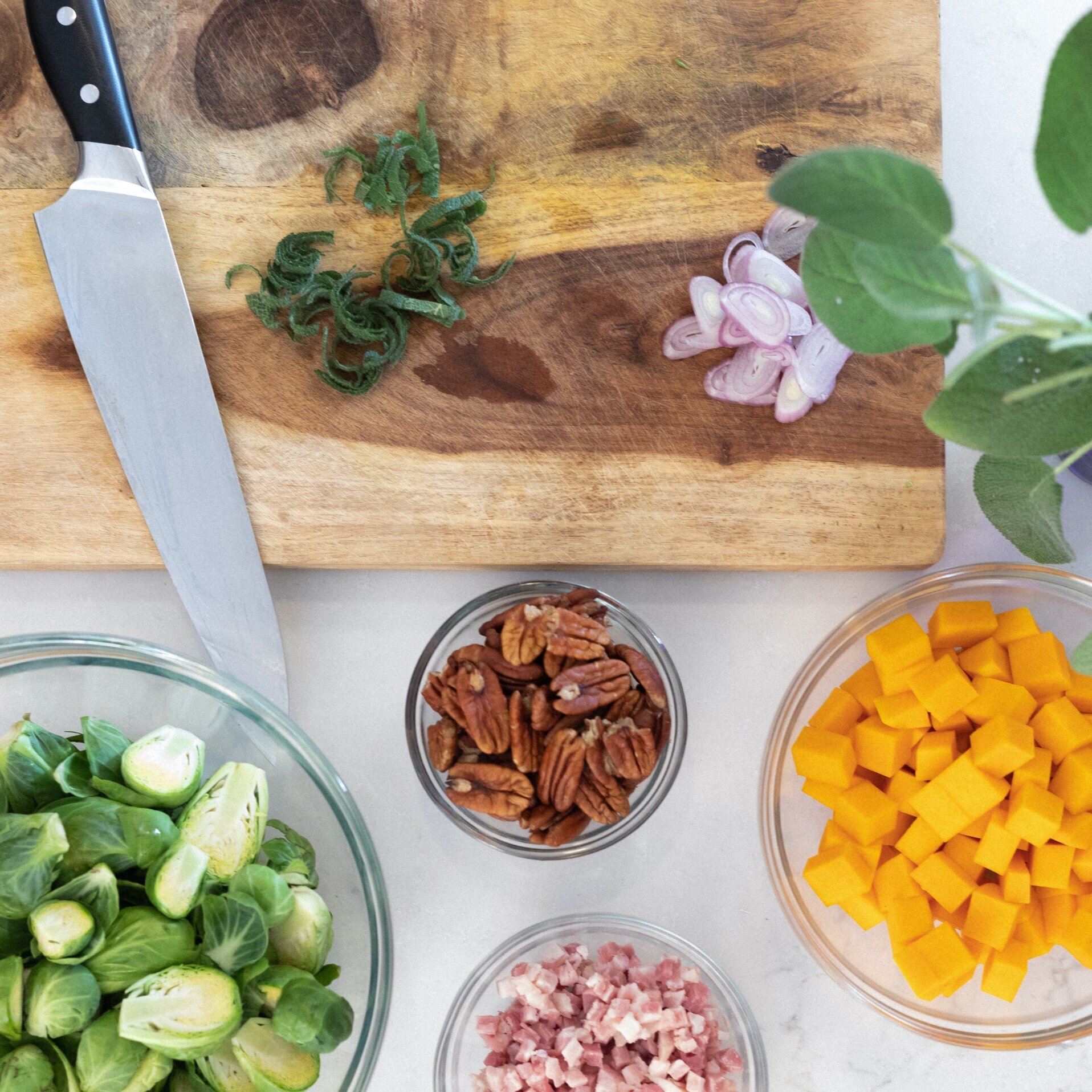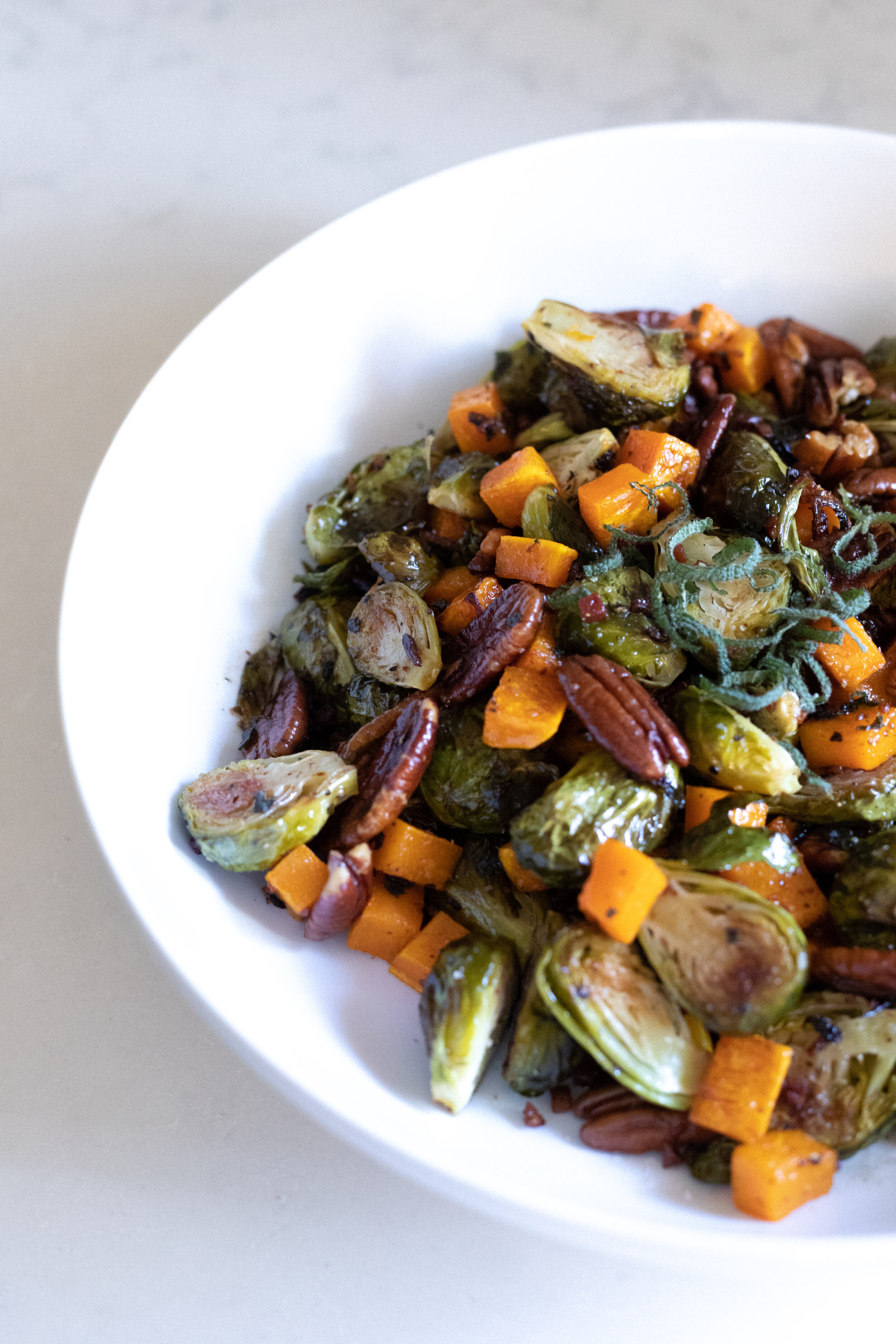Kdid x edo kitchen
This month’s blog is all about Countertops!
What sparked this month’s blog is one of the first loves-of-my-life: my niece, Elizabeth! She is an amazing chef and owner of EDO Kitchen. A few months ago, she decided she was ready to invest in some new countertops for her home, so we got to work and sourced out a beautiful quartz for her. She wanted a look that was fresh, clean, and brightened up her kitchen so we went with a white quartz that has a beautiful grey vein throughout.
“When we bought our home, we chose butcher block countertops because I loved the look and they fit well within our budget. However, two years and a two year old later, I felt like I could never get them to feel fully clean. We spend a lot of time in our kitchen, so having countertops that are durable and beautiful was super important to me!”
Not only is Elizabeth an incredible talent in the kitchen, she has an amazing eye for design (comes naturally I suppose) and has added all of the finishing touches to her own kitchen with bright pops of color and an eclectic mix of original art. I am so incredibly proud of her and adored being able to get in the kitchen and have her teach me how to cook this amazing Fall dish! Keep reading for all of the details on some of the most popular countertop types, what you should consider when sourcing your own, and for Elizabeth’s Roasted Brussels and Butternut Squash recipe!
follow @edo_kitchen on ig!
Counter Tops
There are so many countertop options now, so how do you choose what is best for your home? When working with a client to select their countertops there are several things that come into play including style, maintenance, lifestyle, budget and yes… personality.
Often my clients begin by explaining a style or color or look that they love. They have a picture on Pinterest or Houzz or a photo torn from a magazine, but mostly they are unsure what material it is and how it may fit their lifestyle. Whether you’re considering quartz, granite, quartzite, marble, solid surface, or laminate you need to understand their uniqueness to know if you will be pleased with your choice.
Quartz is by far the most popular right now. You see quartz countertops everywhere and they have definitely improved their selections over the years. Quartz is man-made from an igneous rock. The quartz minerals are mined and then they are ground into an aggregate that is later fused with resin that binds the rock under intense pressure and heat to form a beautiful quartz slab. Quartz is actually harder than granite and is nearly indestructible and is typically not porous, so no sealers or maintenance necessary. They range in price depending on style, color and veining. Some quartz countertops have veining that is beautiful, but honestly there are some that look very fake. So, seeing the slab before you purchase is always recommended.
Granite is a natural stone, a coarse-grained igneous rock consisting mainly of quartz, mica and feldspar. It is timeless. There are many different colors, styles, and options and price ranges when selecting granite. If you’ve ever built a home, you wow what tier 1, tier 2 and tier 3 countertops mean. Tier 1 is a less expensive granite because it’s easily mined and much more readily available. Usually these granites are what I call a tight granite. The movement (or lack thereof) is very tight. It is still a beautiful natural stone just less expensive because it may not be as desirable as the higher tiers. Tier 2 is usually more open and is going to have more movement, veining, and color options, and as you would expect, a bit more expensive. With all of this in mind, it’s no surprise that tier 3 is the most desirable, because it’s much more rare, more difficult to obtain and therefore much more expensive. Granite is a very strong durable stone. It can endure heat and will rarely scratch. It sometimes can pit over time (small little pits in the stone), but this is an easy fix that your granite supplier can hone and get back to new. A simple sealant is suggested every 3-6 months to protect the granite from pitting. Again it’s a natural stone, so I would recommend you see the slab before purchasing.
Quartzite is a natural stone that was originally quartz sandstone within the earth and over time, with heat and pressure converted into quartzite. It is heat resistant, doesn’t scratch or etch and being a natural stone each slab offers an exquisite, one-of-a-kind look. It is one of my favorites. The colors and movement and even the crystallization of the stone is stunning. Of course, this stone is more rare and the pricing will reflect this.
Butcher Block is made from straight cuts of wood glued together into slabs that provide a sturdy surface for countertops.This can be a less expensive way to get a great look. It’s best not to seal your butcher block but to oil it at least every six months to condition the wood to prevent it from cracking and looking dull. Just before oiling, you can lightly remove scratches and damaged marks with fine sandpaper. I have some clients that love their butcher block and others that do not.
Marble is a metamorphic rock that began as limestone and over time, the added heat and pressure within the Earth, recrystallizes and changes the texture of the rock. Marble can have very soft, light veining and some may have heavy colored veining. Mostly we see white and gray marbles, but there are blue, red, pink and brown hues as well. Marble is gorgeous and timeless and is very desirable. It comes at different price points, so for some it is obtainable. The caution that I give to all my clients before choosing marble is that it is an absorbent stone. It can soak in stains and needs regular maintenance to keep it protected. Also, marble will take on watermarks. For some, (this is where personality comes into play), it can be annoying to see watermarks on their countertops. To me, it is just a natural effect of use and can actually add to its beauty, but for those that are OCD or extremely detailed about things like this, I usually recommend they not go with marble.
Solid surface is a man-made material. It is a non-porous material that can seamlessly integrate a sink and large spaces with very few seams. Solid surface also has many color and style options that can resemble natural stone. It is usually much more affordable than quartz and stone. However, you must be cautious of heat and scratches with solid surface countertops.
Laminate is a man-made material. It is non-porous, so they usually will not stain and can last for years. Laminate has many color and style choices that can also resemble the movement or veining of natural stone. It is usually the least expensive option available. However, being budget-friendly can come at a cost as it can easily scorch or melt and is susceptible to both scratches and water damage. It also adds no value to the resale of your home.
So, as you can see, there are many options available. It’s important to not only know the look you are going for, but to also know how the materials function. These can be big purchases that you will have to live with for a long time. You need to know how that material works with the way you live. I hope this helps you with your countertop choices in the future.
Home is what we make it. Make yours beautiful!
Roasted Brussels & Butternut Squash with Crispy Pancetta and Brown Butter Sage Pecans
1 cup pecans
3 tbsp butter
1.5 cups butternut squash
2 cups brussels sprouts
1 tbsp maple syrup
1 cup pancetta - small dice
4 sage leaves
1 small shallot
1 tbsp avocado oil
Kosher Salt & Black pepper
Slice brussels in half and small dice butternut squash. Toss in avocado oil and season with salt and pepper. Roast at 425° degrees for 25 minutes until caramelized and brown. In a medium sauté pan, brown pancetta and sliced shallot. Once crisp, add sage (cut into thin ribbons), butter and pecans. Sauté at medium-high heat until the pecans start to darken.
Remove from the heat. Drizzle the maple syrup on to roasted veggies and toss with the pancetta pecan mixture. Serve warm and enjoy!
Photos by Claire EL















